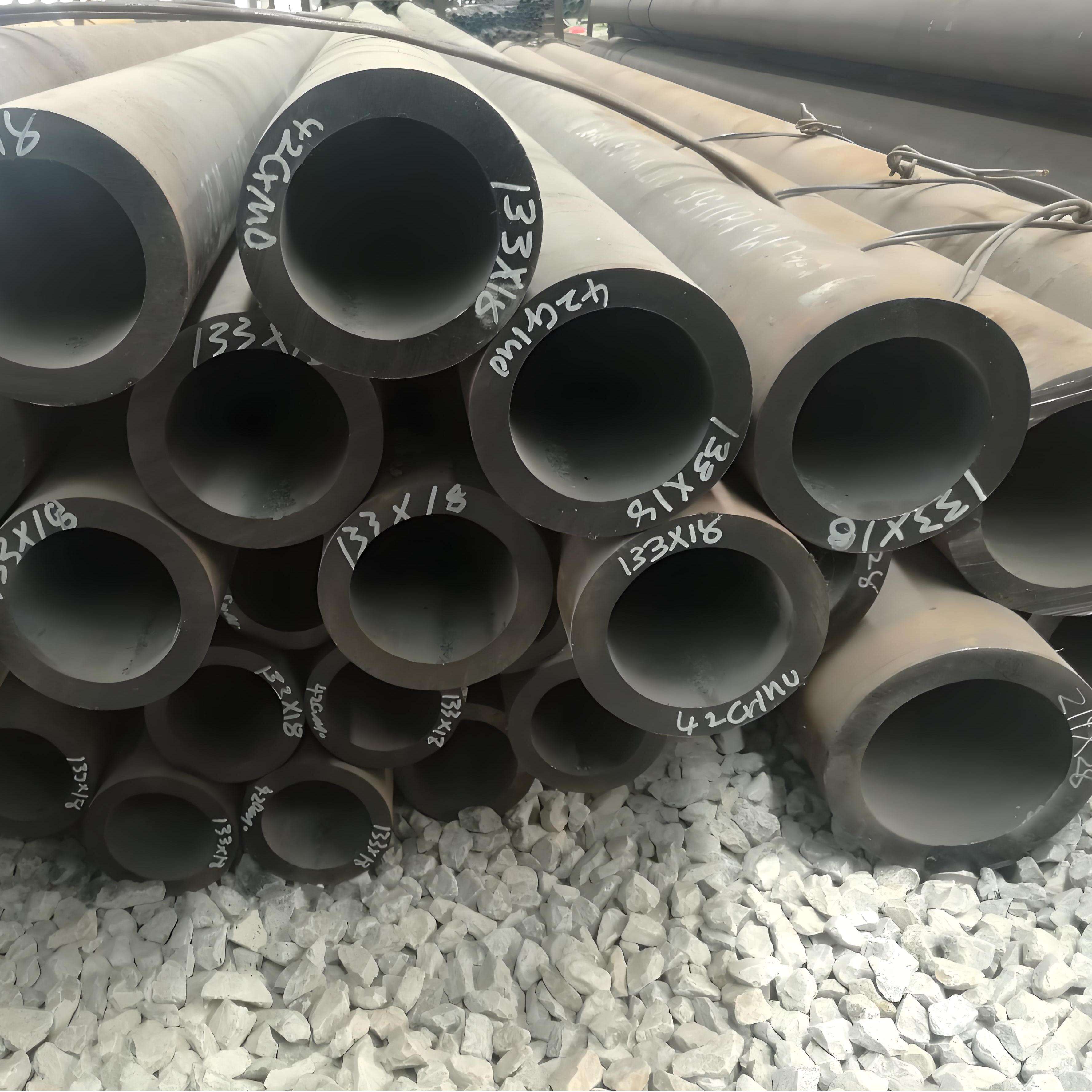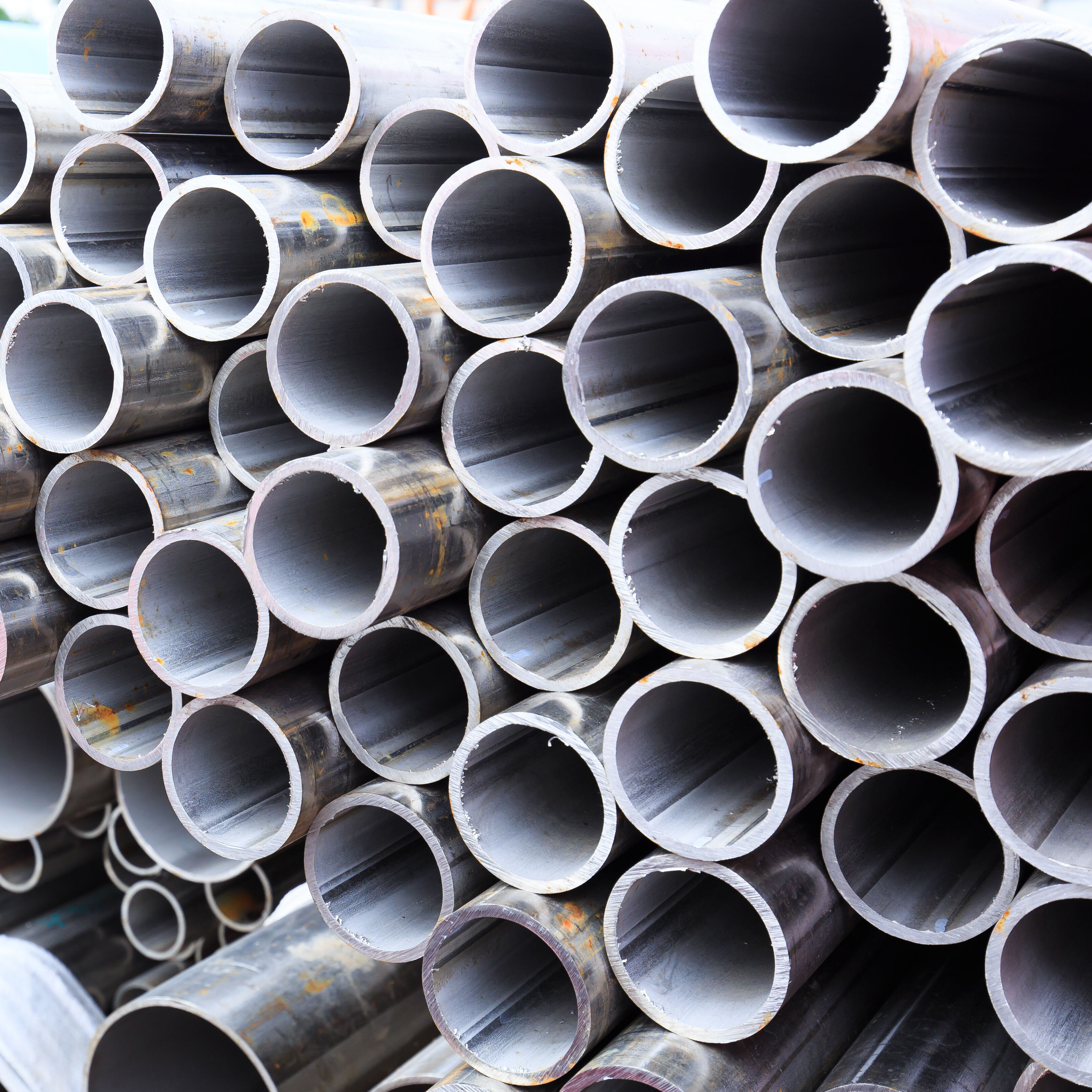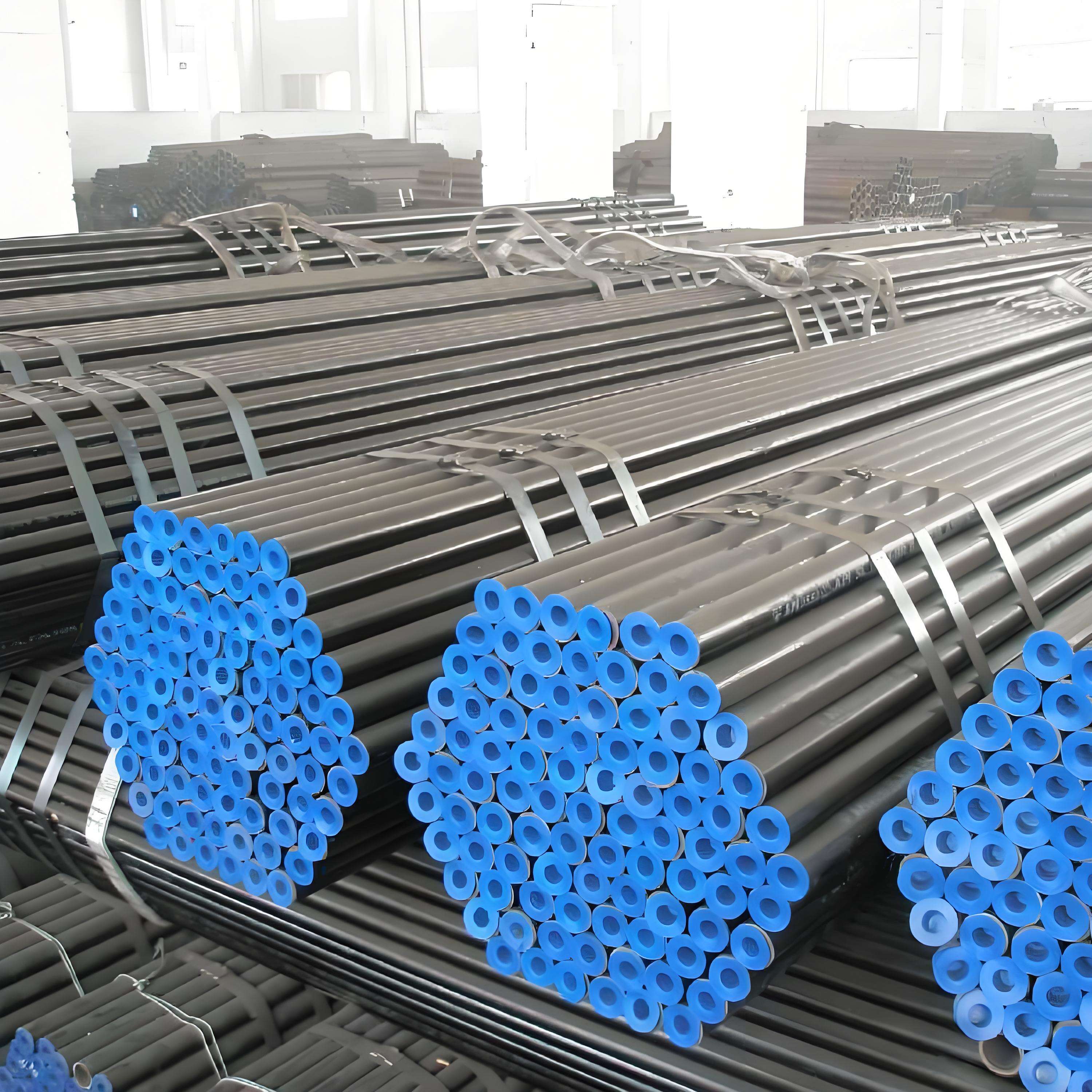weldable steel pipe fittings
Weldable steel pipe fittings are essential components in modern piping systems, engineered to provide seamless connections and transitions between pipes. These fittings are manufactured from high-quality steel materials, specifically designed to withstand the rigors of welding processes while maintaining structural integrity. The fittings come in various configurations, including elbows, tees, reducers, and caps, each serving specific functions in pipe system assembly. What sets these fittings apart is their ability to create permanent, leak-proof joints through welding, ensuring long-term reliability in high-pressure and high-temperature applications. The manufacturing process involves precise machining and forming techniques, resulting in fittings that meet strict industry standards for dimensional accuracy and material composition. These fittings find extensive use in industrial sectors such as oil and gas, chemical processing, power generation, and water treatment facilities. Their design incorporates features that facilitate proper weld penetration and joint strength, while also considering factors like flow dynamics and pressure resistance. The versatility of weldable steel pipe fittings makes them indispensable in both new construction and maintenance applications, where system integrity and safety are paramount considerations.


